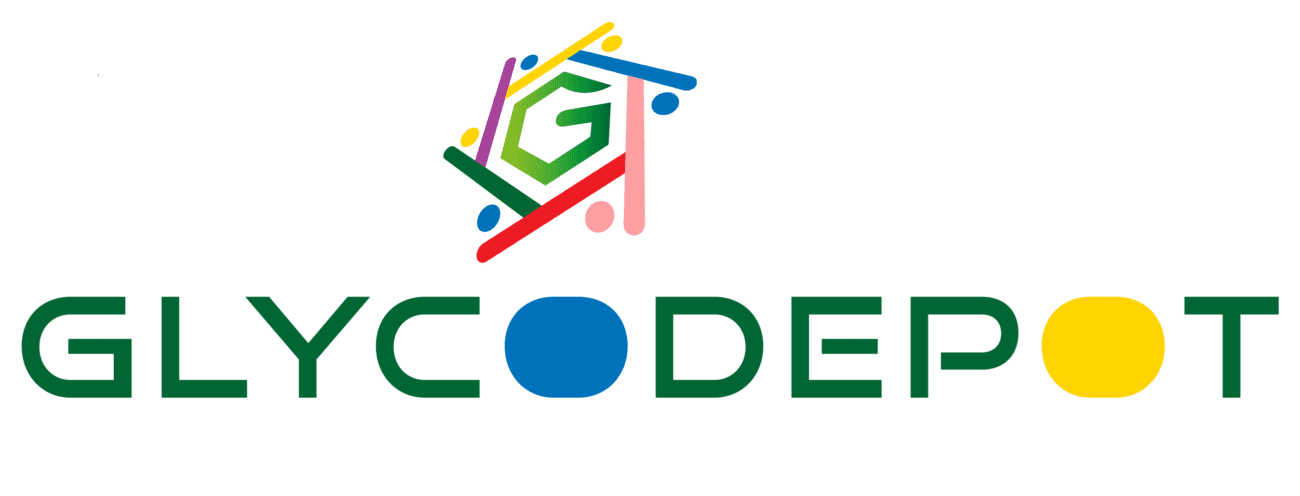3,4-Di-O-acetyl-D-arabinal is a chemically synthesized derivative of the sugar arabinose, specifically the arabinal form, in which hydroxyl groups at the 3rd and 4th positions are protected by acetyl groups. This compound typically appears as a white crystalline solid and is used primarily as an intermediate in carbohydrate chemistry for the synthesis of oligosaccharides and glycoconjugates. The protection with acetyl groups increases the molecule’s stability and solubility in organic solvents, facilitating selective chemical transformations. The aldehyde functional group at the anomeric position plays a crucial role in glycosylation and addition reactions, enabling regio- and stereoselective synthesis. 3,4-Di-O-acetyl-D-arabinal finds applications in chemical biology, medicinal chemistry, and synthetic organic chemistry, assisting in the development of glycomimetics and bioactive glycans. It is supplied with high purity, confirmed identity, and quality control, requiring proper storage to maintain its integrity for research and pharmaceutical manufacturing.
IUPAC Name
- (2R,3R,4S)-3,4-diacetyloxy-2-hydroxytetrahydrofuran-2-carbaldehyde
Appearance
Source
- Synthesized from D-arabinose via selective acetylation and dehydration to form the aldehyde group, using controlled laboratory methods
Molecular Weight and Structure
- Molecular Formula: C10H14O7
- Molecular Weight: 246.21 g/mol
- Structure: Arabinal sugar with acetyl groups at the 3 and 4 positions and an aldehyde functional group at the anomeric carbon forming a tetrahydrofuran ring
- SMILES: CC(=O)OC[C@H]1OC(C=O)C@@H[C@H]1O
Sugar Specificity
- D-arabinal derivative with diacetyl protection on 3 and 4 hydroxyls
- Functions as a reactive glycosylation intermediate in carbohydrate synthesis
Biological Activity
- Mainly a chemical intermediate without direct biological activity
- Used in mechanistic enzymology and glycosylation strategy studies
- Supports synthesis of bioactive glycoconjugates and glycomimetics
Purity and Microbial Contamination
- Typically >95% purity assured by chromatographic and spectroscopic techniques
- Chemical synthesis minimizes microbial contamination risk
Identity and Quality Control
- Confirmed by NMR, MS, and HPLC
- Includes Certificates of Analysis and safety data sheets with each batch
- Melting point and optical rotation are quality benchmarks
Shelf Life and Storage
- Store in sealed containers at 2–8 °C, protecting from moisture and light
- Stable for 1–2 years under suitable conditions
Application
- Used as a starting material for chemical glycosylation reactions to build oligosaccharides and complex glycans
- Aids in the synthesis of glycomimetics for biomedical research and drug development
- Facilitates stereoselective synthesis of carbohydrate-based molecular probes
- Supports detailed mechanistic investigations in glycobiology and synthetic organic chemistry
Key Characteristics
- D-Arabinal derivative protected at 3,4 positions by acetates
- CAS number 113778-09-9
- Molecular weight 246.21 g/mol
- White crystalline solid, high purity and chemical stability
- Essential intermediate in oligosaccharide synthesis and glycomimetic design
- Supplied with thorough analytical validation and QA documentation
- Supports advanced research in carbohydrate chemistry and chemical biology
Citations
- AnaxLab product description
- CalpacLab purity and compound details
- ChemicalBook molecular info
- PubChem related carbohydrate compounds
- Sigma-Aldrich glycosylation reagents
- PMC glycobiology mechanism studies
- MedChemExpress synthetic carbohydrate intermediates
- Synthose glycan building blocks
- ACS carbohydrate synthesis reviews
- Recent patents and synthetic methodologies

Reviews
There are no reviews yet.